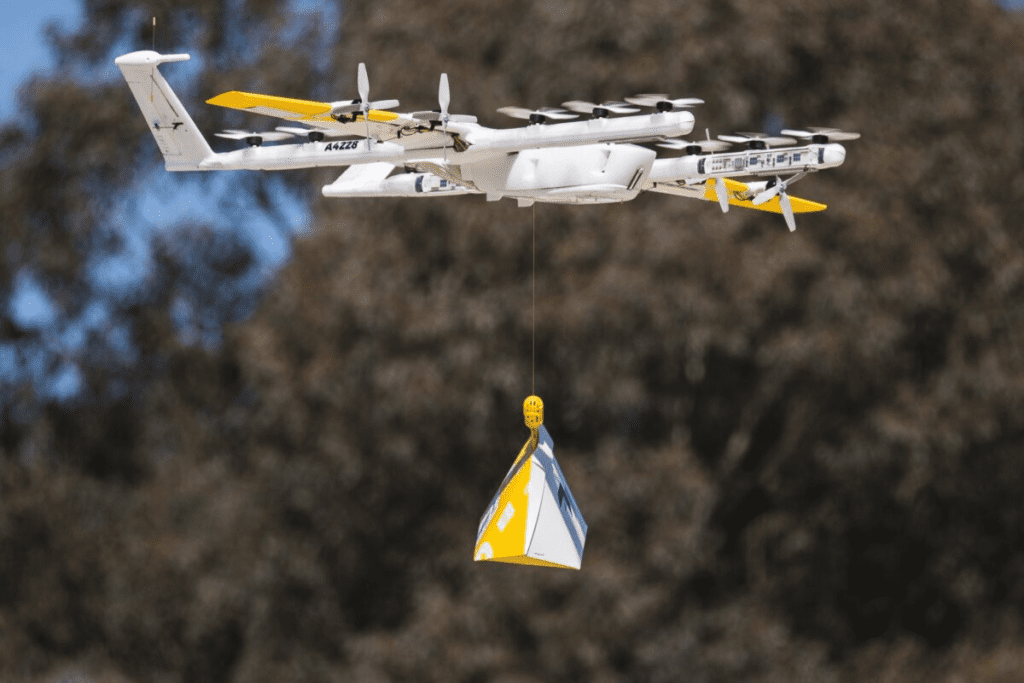Intensifying the competition between Jeff Bezos’ Blue Origin and defense company Northrop Grumman, US officials will reveal a second company selected to build a spacecraft for lunar mission on Friday. The Artemis Program of NASA will receive a second option for sending astronauts to the moon following the $3 billion contract awarded to Elon Musk’s SpaceX in 2021, marking the first manned lunar landing since 1972.
The SpaceX system is scheduled to conduct the initial missions later this decade. Memories of disappointment are brought back by Friday’s announcement in Washington for Bezos & Dynetics Inc., which partnered with Northrop Grumman and lost the 2021 contract to SpaceX due to budget constraints.
Led by Jeff Bezos, Blue Origin has been chosen by NASA to provide the Blue Moon lander for astronauts’ journey to the lunar surface. Granting Bezos a second chance after investing billions in Blue Origin to compete with SpaceX, the company secured a $3.4 billion contract for NASA’s Artemis V mission.
Blue Origin attempted unsuccessfully to challenge NASA’s decision through watchdog agencies and the court system following their 2021 loss. In order to promote competition and ensure NASA has a backup option for moon missions, Blue Origin and lawmakers pushed for a second lunar lander.
It is the responsibility of Blue Origin to design, develop, test, and verify the Blue Moon lander to meet NASA’s requirements for lunar surface expeditions, including docking with the Gateway space station. Bill Nelson, NASA chief, emphasized the promise of a competition when announcing the decision.
Similar Post
Revealing little about its latest moon lander proposal, Blue Origin has named its corporate partners: Lockheed Martin, Boeing, Draper, and Astrobotic. Previously a partner in Blue Origin’s unsuccessful 2021 bid, Northrop Grumman joined forces with its former rival, Dynetics.
The plan of NASA for the Artemis moon missions involves launching astronauts towards the moon on the Space Launch System rocket and the Lockheed-built Orion capsule, which will dock with a lunar lander. Following a crewed demo as part of the Artemis V mission in 2029, the contract with Blue Origin includes an unscrewed demonstration mission to the lunar surface.
Emphasizing the agency’s investment in infrastructure for future missions to Mars, NASA administrator Bill Nelson announced that Blue Origin will serve as NASA’s second provider for delivering Artemis astronauts to the moon’s surface.
The SLS rocket will launch four astronauts aboard the Orion spacecraft to lunar orbit, and two of them will transfer to Blue Origin human landing system for a weeklong trip to the Moon’s South Pole region. A crucial role in advancing space exploration and paving the way for future achievements is played by NASA’s commercial and international partnerships in this golden age of human spaceflight. Opening up new possibilities for scientific research and exploration, the collaboration between Blue Origin and NASA represents a significant milestone in the ongoing efforts to land astronauts on Mars.

















